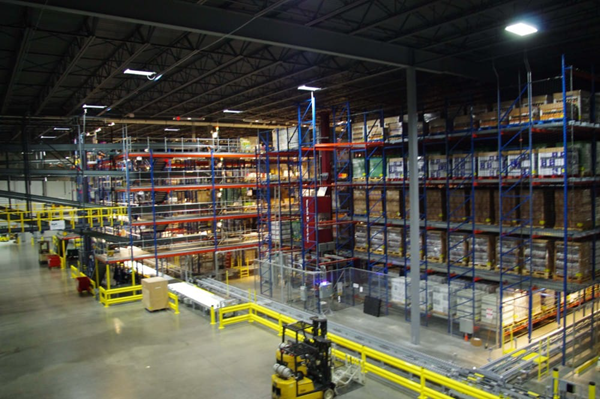Facility Automation: 8 Trends Changing the Face of Facilities Management


In today’s digitalized world, entire industries are shifting the way they operate by embracing facility automation in order to reduce manual labor demands. This trend is being accelerated due to the lack of skilled professionals in labor market, with vacant trade positions remaining unfilled.
Another major factor that contributes to the acceleration of automation is the declining cost involved, as it’s now affordable for more and more companies to automate their facilities management operations. In this article, we will cover some facility automation trends that are poised to change how facilities function.

The Industrial Internet of Things (IIoT) allows sensors and actuators in every facility to be connected to the internet, making all the information generated at the facility accessible from anywhere in the world. The machines, equipment, and other elements in a facility can also be controlled remotely, without requiring a human operator to manually operate and monitor the systems. Algorithms can power IIoT devices to operate facilities without any human intervention.
Robots are programmable equipment that executes various operations inside a facility. Many routine operations and maintenance activities can be performed by robots and do not require any human operator to function. However, there are still some activities that cannot be completely automated with robots yet.
For many facility automation applications, cobots are used instead. “Cobots” is short for collaborative robots, as they are designed to work with human operators to reduce the burden of physical labor. Cobots are increasingly being used in facilities management, but as technology improves, robots will take over most tasks, and the complete automation of facilities management will be achieved.
Sensor data is collected in real-time from facilities, with cloud computing enabling long-term storage of that data to create a treasure trove of easily accessible information. This data can then be mined to generate insights to improve facility operations, reduce costs, reduce downtime, and simulation, or solve other optimization problems. Big data analytics can prove beneficial in many ways, and the new data paradigm is the driving force behind that.
Asset tracking is one of the key functions in facilities management. It is also the most cumbersome and difficult element of facilities management, but the upcoming trend is to automate asset tracking within a facility and across different facilities.
This is powered by tagging technologies that can be scanned and tracked from anywhere. Many technologies are available for asset tracking, including facilities management barcode labels and tags, and using durable asset tracking labels can help ensure you will never lose sight of those assets again.
For even more information, check out our Asset Tags Buying Guide
Maintenance is often overlooked when it comes to machines, equipment, and the facility itself, which can cause problems further down the line. Maintenance is also often curtailed as part of cost-cutting measures, with maintenance being given the lowest priority. If maintenance is neglected for too long, there can be damage and catastrophic failures that can even harm workers.
Computerized maintenance management systems (CMMS), paired with barcode labels and asset tags, can streamline or automate maintenance activities and help to ensure that scenario never happens.
With IIoT devices, there is a constant stream of data from the sensors within the facility. This data can be analyzed to determine whether any faults are likely to appear, and with this information, preventive maintenance activities can be performed to preempt any failure.
This level of facility automation improves maintenance by performing maintenance activities before failures occur. Predictive maintenance powered by IIoT is a growing trend that shows no sign of coming to an early end.
Monitoring different parts of a facility is a part of facilities management, and in most facilities, this is accomplished by a series of CCTV cameras capturing video in real-time. This video feed is monitored by employees for any irregularities, but as this process is not automated, it can take significant human effort.
With deep learning algorithms, machine learning models can now analyze video feeds in real time, and such vision surveillance systems can be used for monitoring facilities. Technicians need only be alerted when anomalies are detected, freeing human capital for more productive purposes.
Most companies do not have the in-house expertise for facility maintenance automation, as their core competency lies in the manufacturing processes within the facility. Consequently, many such companies are now outsourcing their facilities maintenance to expert consultants who specialize in the field. This is possible by increasing facility automation and allowing the maintenance aggregator to monitor the facility remotely and only intervene when necessary.
Many industries can be positively disrupted by new technology, and facility automation is a force that is disrupting facilities management as we know it. Many of the various automation trends in this article are here to stay, while others will be replaced with better technology that improves upon what came before.
Facilities management, aided by steadily improving technology and diminishing costs, will eventually become completely automated.
Our sales engineers are experts in automatic asset tracking, tagging and identification,a nd can answer all your questions. Get in touch now.
Lets Talk ›Enter your information and get a free checklist of the top questions to answer to plan a successful asset tagging project for any maintenance tracking or facility management system.